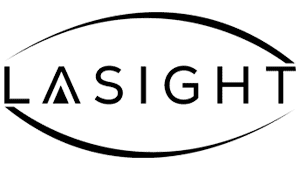Keratoconus Explained
Keratoconus is a progressive eye condition that causes the cornea—the clear front part of the eye—to gradually thin and bulge into a cone shape. This can lead to significant vision impairment, often causing symptoms like halos, glare and distorted vision. In advanced cases, a corneal transplant may be necessary. However, an innovative surgical procedure called Corneal Tissue Addition Keratoplasty (CTAK) offers new hope for patients.
Understanding CTAK
CTAK represents a groundbreaking advancement in keratoconus treatment, offering a personalized, minimally invasive alternative to corneal transplants. CTAK was first introduced in 2016 and has since demonstrated remarkable success.
CTAK works by reinforcing the corneal structure through the addition of biological tissue, which helps restore vision and strengthen the cornea. Unlike synthetic inlays, this natural tissue integration significantly reduces the likelihood of long-term complications. Moreover, CTAK is highly personalized—the tissue inlay is precisely shaped using a femtosecond laser matched to an individual’s unique corneal topography. This targeted approach enhances the reshaping of an irregular cornea, leading to superior results.
Rather than merely correcting refractive errors, CTAK addresses the fundamental structural abnormalities associated with keratoconus. Perhaps most notably, it has emerged as a safe and effective alternative to corneal transplantation (penetrating keratoplasty), even for patients previously advised that a transplant was their only option.




